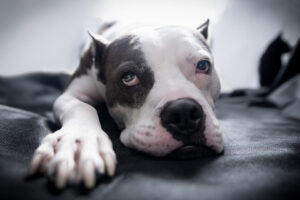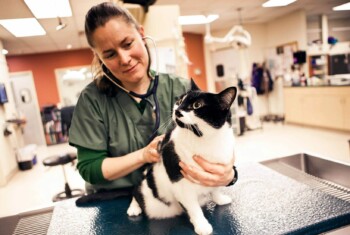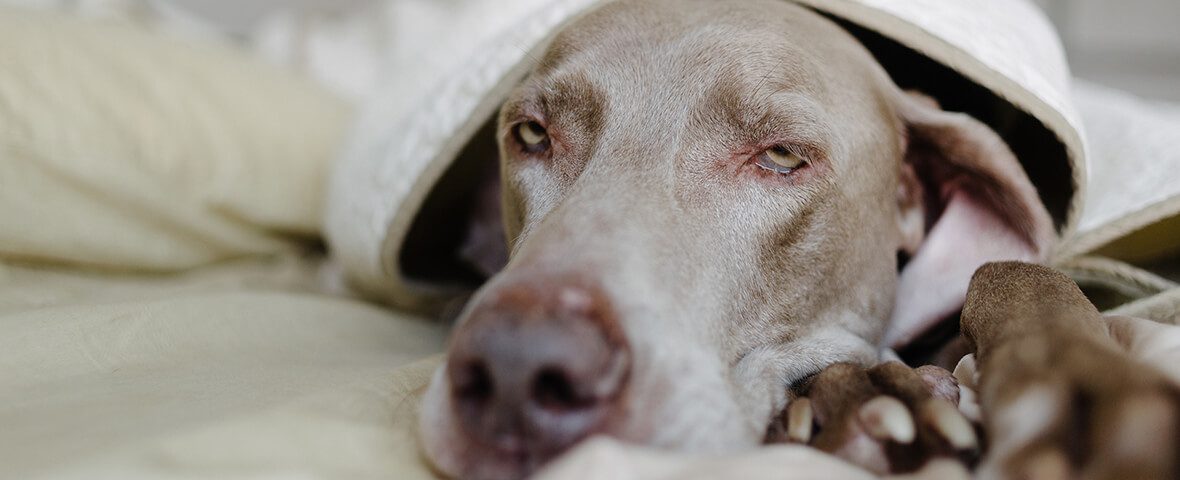Talus dislocation in pets: Causes, diagnosis and treatment.
The paws have many bones that are held in place by strong ligaments; one of those bones is the talus bone. Torn ligaments can result in a dislocated talus bone.
Cause of talus dislocation.
If ligaments are torn in the paw, the talus bone can become dislocated. The most common causes of a talus dislocation include being stepped by a human; being hit by a car; getting the paw caught in a chain-linked fence; or getting the paw caught in a hole in the ground when running. Sometimes the injury will result in an open wound over the dislocated bone. This could potentially result in infection and delayed healing.
Signs and diagnosis.
The clinical signs of a dislocated talus bone include lameness, swelling, and abnormal movement of the  paw (instability). In order to determine the extent of the ligament damage to the paw, stress x-rays (pressure is applied to various joints in the paw during the x-ray) are done while the patient is under heavy sedation or full anesthesia. The information gathered from this study is critical to determine the type of surgical repair required. Prior to anesthesia and surgery, blood work is done in order to evaluate the health of the internal organs.
paw (instability). In order to determine the extent of the ligament damage to the paw, stress x-rays (pressure is applied to various joints in the paw during the x-ray) are done while the patient is under heavy sedation or full anesthesia. The information gathered from this study is critical to determine the type of surgical repair required. Prior to anesthesia and surgery, blood work is done in order to evaluate the health of the internal organs.
Surgery.
Surgery is essential to correct a talus bone dislocation and involves pushing the bone back in place and securing it to a neighboring bone within the paw with a screw. In order to repair the ligaments that are typically torn over the top of the paw, screws are placed in the bone, and wire is tied around the screws to restabilize the disrupted joint.
In some cases, there is extensive damage or fractures of the bones in the paw, and a fusion of the joint(s) is/are needed. This involves removing the cartilage from the joints, packing the affected joints with bone graft collected from the patient’s pelvis or shoulder and stabilizing the joint with screws or a plate and screws.
Results.
Surgical repair of a dislocation of the talus bone with metal implants allows for the best outcome. Most patients respond very well to the treatment with resolution of lameness. Arthritis likely will develop within the damaged joints, which may cause stiffness of the limb with heavy exercise, after weather changes or after napping. Medications can be prescribed to alleviate these signs. Uncommon complications associated with surgery include infection, failure of healing to take place, breakage of the screws and cold sensitivity to the implanted screws (during cold weather).
For more information on this subject, speak to the veterinarian who is treating your pet.


